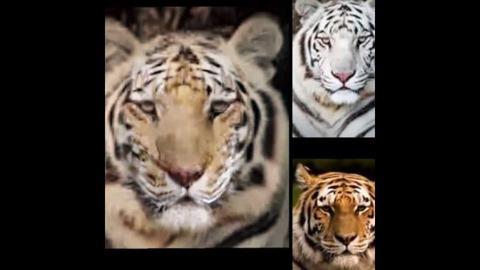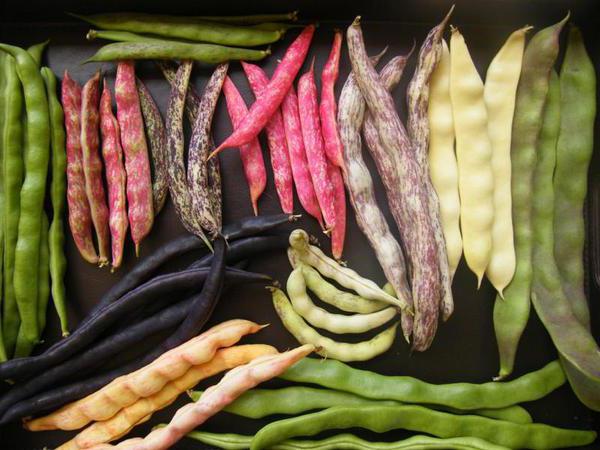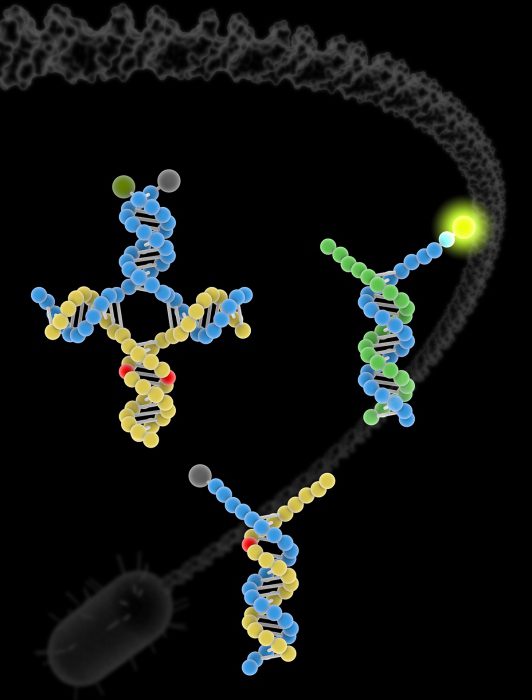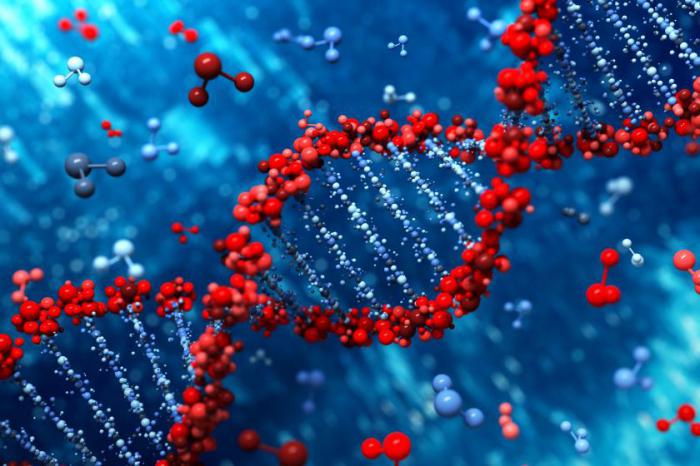Variability in biology is ... Types of variability
Variability in biology is the emergence of individual differences between individuals of the same species. Due to variability, the population becomes heterogeneous, and the species has a better chance of adapting to changing environmental conditions.
In a science like biology, heredity and variability go hand in hand. There are two types of variability:
- Non-hereditary (modification, phenotypic).
- Hereditary (mutational, genotypic).
Non-hereditary variability
Modification variability in biology is the ability of a single living organism (phenotype) to adapt to environmental factors within its genotype. Due to this property, individuals adapt to changes in climate and other conditions of existence. lies at the heart of the adaptive processes occurring in any organism. So, in outbred animals, with improving conditions of keeping, productivity increases: milk yield, egg production, etc. And animals brought to mountainous areas grow up short and with a well-developed undercoat. Changes in environmental factors also cause variability. Examples of this process can be easily found in everyday life: human skin becomes dark under the influence of ultraviolet rays, muscles develop as a result of physical exertion, plants grown in shaded areas and in the light have different leaf shapes, and hares change their coat color in winter and summer.
The following properties are characteristic of non-hereditary variability:
- group nature of changes;
- not inherited by offspring;
- change in a trait within the genotype;
- the ratio of the degree of change to the intensity of the impact of an external factor.
Hereditary variability
Hereditary or genotypic variation in biology is the process by which the genome of an organism changes. Thanks to her, the individual acquires signs that were previously unusual for her species. According to Darwin, genotypic variation is the main driver of evolution. There are the following types of hereditary variability:
- mutational;
- combinative.
It occurs as a result of gene exchange during sexual reproduction. At the same time, the characteristics of the parents are combined in different ways in a number of generations, increasing the diversity of organisms in the population. Combinative mutability obeys Mendel's rules of inheritance.

An example of such variability is inbreeding and outbreeding (closely related and unrelated crossing). When the traits of an individual producer want to be fixed in the breed of animals, then closely related crossbreeding is used. Thus, the offspring becomes more uniform and reinforces the qualities of the line founder. Inbreeding leads to the expression of recessive genes and can lead to line degeneration. To increase the viability of the offspring, outbreeding is used - unrelated crossing. At the same time, the heterozygosity of the offspring increases and the diversity within the population increases, and, as a consequence, the resistance of individuals to the adverse effects of environmental factors increases.

Mutations, in turn, are divided into:
- genomic;
- chromosomal;
- gene;
- cytoplasmic.
Changes affecting germ cells are inherited. Mutations in can be transmitted to offspring if the individual reproduces vegetatively (plants, fungi). Mutations can be beneficial, neutral, or harmful.
Genomic mutations
Variability in biology through genomic mutations can be of two types:
- Polyploidy - The mutation is common in plants. It is caused by a multiple increase in the total number of chromosomes in the nucleus, formed in the process of violation of their divergence to the poles of the cell during division. Polyploid hybrids are widely used in agriculture - in plant growing there are more than 500 polyploids (onions, buckwheat, sugar beets, radishes, mint, grapes, and others).
- Aneuploidy is an increase or decrease in the number of chromosomes in individual pairs. This type of mutation is characterized by a low viability of the individual. A widespread mutation in humans - one in the 21st pair - causes Down syndrome.
Chromosomal mutations
Variability in biology appears by changing the structure of the chromosomes themselves: loss of the terminal region, repetition of a set of genes, rotation of a separate fragment, transfer of a chromosome segment to another place or to another chromosome. Such mutations are often caused by radiation and chemical pollution of the environment.

Gene mutations
A significant part of such mutations does not manifest externally, as it is a recessive trait. Gene mutations are caused by a change in the sequence of nucleotides - individual genes - and lead to the appearance of protein molecules with new properties.

Gene mutations in humans cause the manifestation of some hereditary diseases - sickle cell anemia, hemophilia.
Cytoplasmic mutations
Cytoplasmic mutations are associated with changes in the structures of the cell's cytoplasm containing DNA molecules. These are mitochondria and plastids. Such mutations are transmitted through the maternal line, since the zygote receives all the cytoplasm from the mother's egg. An example of a cytoplasmic mutation that has caused variability in biology is plant featheriness, which is caused by changes in chloroplasts.
All mutations have the following properties:
- They appear suddenly.
- They are inherited.
- They don't have any direction. Both an insignificant site and a vital sign can undergo mutation.
- They arise in individual individuals, that is, they are individual.
- In their manifestation, mutations can be recessive or dominant.
- The same mutation can be repeated.
Each mutation is caused by a specific cause. In most cases, it cannot be accurately established. Under experimental conditions, to obtain mutations, a directed factor of the external environment is used - radiation exposure and the like.







